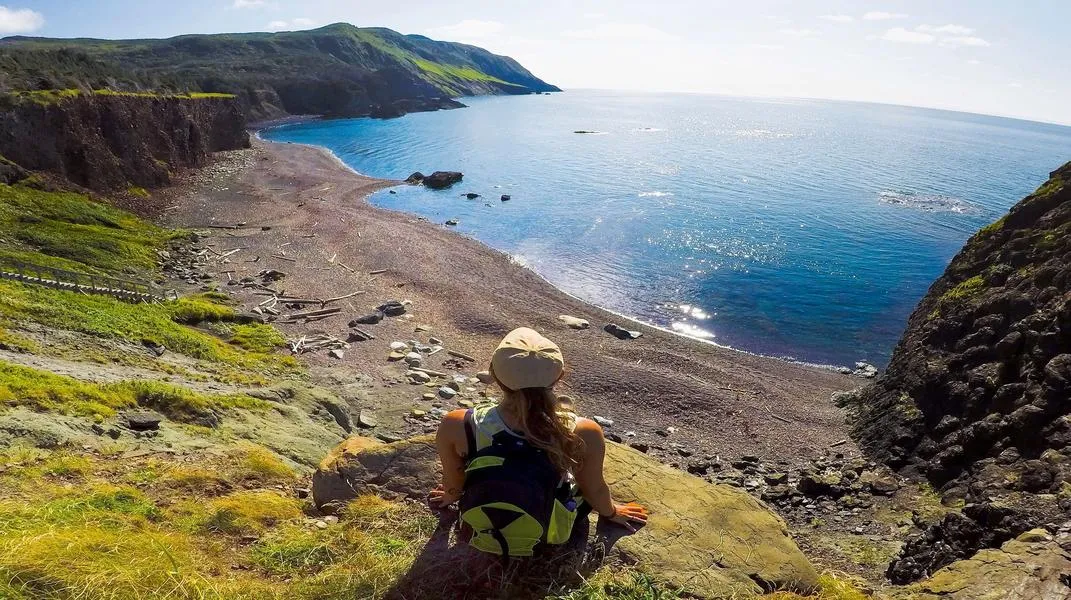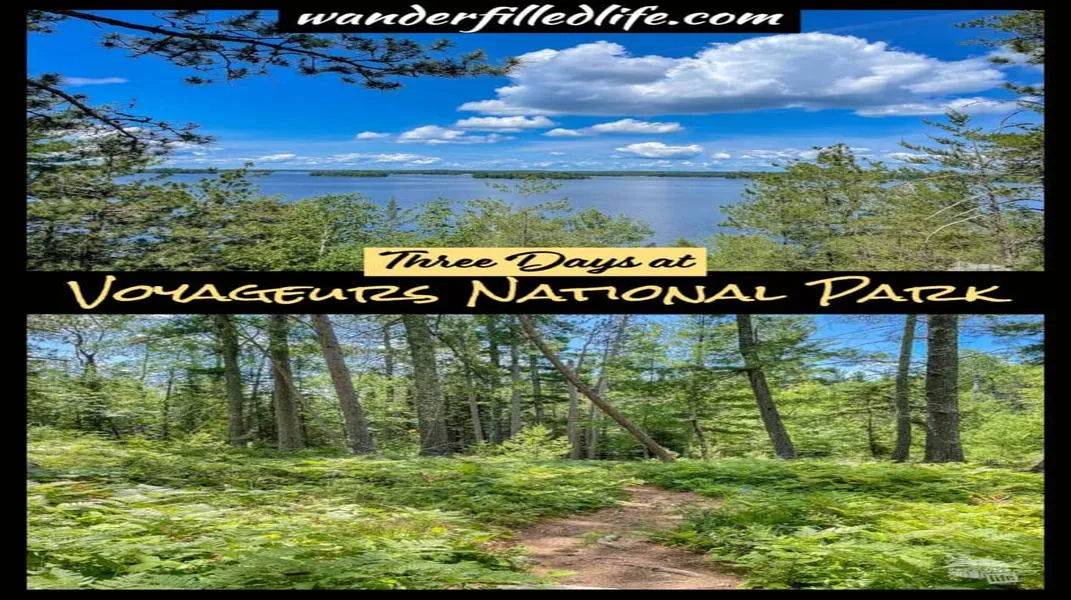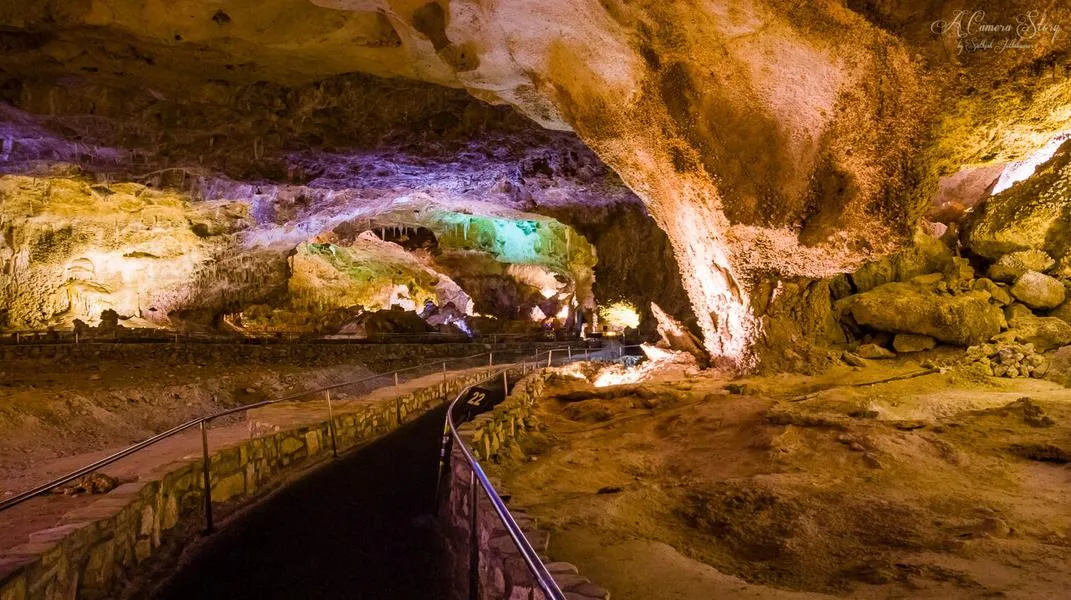Exploring Gros Morne National Park: A Natural Wonderland
Gros Morne National Park, located on the west coast of Newfoundland and Labrador, Canada, is a UNESCO World Heritage Site and one of the crown jewels of Canada’s natural landscape. Encompassing over

A Geological Marvel
Gros Morne National Park is not only a feast for the eyes but also a treasure trove for geology enthusiasts. The park is home to exposed sections of the Earth's mantle, allowing visitors to witness the processes that shape our planet. The Long Range Mountains, a significant feature of the park, were formed by tectonic forces that pushed the earth’s crust upwards, creating dramatic cliffs and valleys.
The Tablelands
One of the most notable geological features is the Tablelands, a unique landscape characterized by its flat-topped mountains composed of peridotite, a type of rock that originates from the Earth’s mantle. The exposed mantle here is a testament to the forces of plate tectonics and offers a rare glimpse into geological processes at work. The stark contrast of the Tablelands against the lush green valleys and blue waters is a sight to behold.
Fjords and Glacial Landscapes
The park also features stunning fjords, such as Bonne Bay, which were carved by glaciers during the last Ice Age. The steep cliffs that rise from the water’s edge are a testament to the power of glacial erosion. Hiking trails along the fjords offer breathtaking views and opportunities to observe wildlife, including seals and various bird species.
Flora and Fauna
Gros Morne National Park is a haven for biodiversity, showcasing a variety of plant and animal species. The park's diverse ecosystems range from coastal wetlands to alpine tundra, providing habitats for many species.
Plant Life
The park is home to over 700 plant species, including several endemic to the region. Wildflowers bloom in abundance during the summer months, painting the landscape with vibrant colors. The lush forests primarily consist of black spruce, balsam fir, and various hardwood trees. In the alpine regions, you can find hardy plants such as mosses, lichens, and dwarf shrubs that thrive in the harsh conditions.
Wildlife
Wildlife enthusiasts will delight in the opportunity to spot a variety of animals in Gros Morne. The park is home to moose, caribou, black bears, and several species of birds, including the peregrine falcon and the common eider. The surrounding waters are rich in marine life, with opportunities for whale watching and observing seals basking on the rocks.
Outdoor Activities
Gros Morne National Park offers a plethora of outdoor activities for visitors of all ages and interests. Whether you’re a hiker, kayaker, or simply looking to explore the natural beauty, the park has something for everyone.
Hiking
Hiking is one of the most popular activities in Gros Morne. The park boasts a variety of trails, ranging from easy walks to challenging hikes. Some of the most notable trails include:
- Gros Morne Mountain Trail: This challenging 16-kilometer hike takes you to the summit of Gros Morne, offering panoramic views of the surrounding landscape. The trail is steep and requires a good level of fitness, but the breathtaking vistas from the top are worth the effort.
- The Green Gardens Trail: This moderate 9-kilometer trail leads to stunning coastal views and the remnants of an old fishing village. The trail descends to the shores of the Gulf of St. Lawrence, where visitors can explore the beach and enjoy a picnic.
- The Lookout Trail: A relatively easy 3-kilometer hike that offers spectacular views of the park and is suitable for families. The trail is well-marked and takes you to a lookout point where you can take in the beauty of the surrounding landscape.
Kayaking and Canoeing
For those who prefer to explore the park from the water, kayaking and canoeing are excellent options. The calm waters of Bonne Bay and other coastal areas provide a serene environment for paddling. Guided tours are available, allowing visitors to learn about the park's ecology and history while enjoying the tranquility of the water.
Wildlife Watching
Wildlife watching is a rewarding experience in Gros Morne National Park. The park’s diverse habitats attract a wide range of animals. Organizing a guided wildlife tour can enhance your chances of spotting moose, caribou, and various bird species. Early morning and late evening are the best times for wildlife viewing, as animals are most active during these hours.
Cultural Experiences
Gros Morne is not only about natural beauty; it is also rich in cultural heritage. The nearby communities of Woody Point and Rocky Harbour offer opportunities to immerse yourself in local culture. Visitors can explore art galleries, craft shops, and local cuisine that reflects the history and traditions of the area. The park also hosts various events and festivals throughout the year that celebrate the region's cultural heritage.
Preparing for Your Visit
To make the most of your trip to Gros Morne National Park, it’s essential to prepare adequately. Here are some tips and materials to consider before embarking on your adventure:
Essential Gear
- Clothing: Layering is key in the unpredictable weather of Newfoundland. Pack moisture-wicking base layers, insulating mid-layers, and a waterproof and windproof outer layer. Don’t forget a hat, gloves, and a scarf, especially in cooler months.
- Footwear: Sturdy, waterproof hiking boots with good traction are essential for exploring the park’s trails. Make sure they are broken in to avoid blisters.
- Backpack: A comfortable daypack to carry your essentials, such as water, snacks, first-aid kit, and extra clothing layers.
- Hydration: Bring a refillable water bottle or hydration system. There are limited facilities in the park, so ensure you stay hydrated during your hikes.
- Navigation Tools: A detailed map of the park and a compass or GPS device can be invaluable, especially if you plan to venture off the beaten path.
Safety Considerations
- Wildlife Safety: Familiarize yourself with wildlife safety guidelines. Keep a safe distance from animals, and never approach or feed them.
- Trail Conditions: Always check trail conditions and park alerts before heading out. Some trails may be closed or require permits, especially during the spring thaw or after heavy rains.
- Emergency Preparedness: Carry a first-aid kit and know how to use it. Cell phone reception can be spotty in remote areas, so consider carrying a whistle or other signaling device in case of emergencies.
Planning Your Itinerary
Gros Morne National Park offers a wide range of activities, so it’s wise to plan your itinerary based on your interests and fitness levels. Allocate time for hiking, exploring cultural sites, and simply soaking in the incredible views. Check the park’s website for information on guided tours, visitor center hours, and ranger-led programs.
Accommodations
The area surrounding Gros Morne National Park offers a variety of accommodation options, including campgrounds, cabins, and hotels. Consider booking your stay in advance, especially during peak tourist seasons from June to September. Camping within the park is a popular option, providing a chance to immerse yourself fully in nature.
Conclusion
Gros Morne National Park is a breathtaking destination that offers a unique blend of natural beauty, geological wonder, and rich cultural heritage. Whether you’re hiking to the summit of a mountain, paddling along a tranquil fjord, or simply enjoying the stunning views, the park promises an unforgettable experience. With proper preparation, a sense of adventure, and an appreciation for nature, your visit to Gros Morne will surely be a cherished memory for years to come.
So pack your bags, lace up your hiking boots, and get ready to explore one of Canada’s most spectacular natural wonders!




